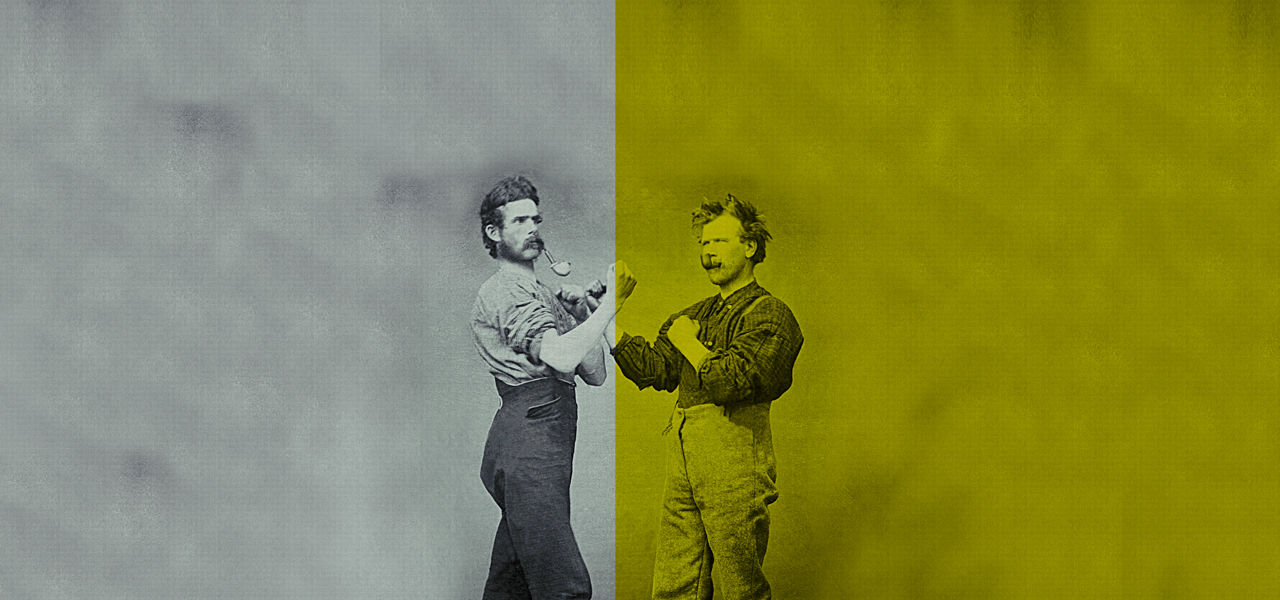Project SAM - Orchestral Brass Classic 1.1 1.2 UPDATE ONLY: Streamlined and Modernized Brass Library
- sarasanders97
- Aug 11, 2023
- 4 min read
Get the fully stocked Audio Imperia NUCLEUS Cubase template, fully mixed and ready to render. The project file comes with a demo composition (for study / analyzing purposes only), as well as a modern and classic version.
Project SAM - Orchestral Brass Classic 1.1 1.2 UPDATE ONLY
This plugin is available for macOS 10.12 or higher (latest update) and Windows 7 or higher (64-bit only and latest Service Pack required). It works in Kontakt Player or Kontakt, version 6.2.1 or higher is required.
This plugin is available for macOS 10.10 or higher (latest update) and Windows 7 or higher (64-bit only and latest Service Pack required). It works in Kontakt Player or Kontakt, version 5.6.8 or higher is required.
This is a nice option for sound designers and score composers who might want a refreshed, modern take on classic orchestral libraries. Raw Strings is one of the most innovative libraries on this list because it allows for many customization options, leading you to creative sounds and terrific textures.
Despite his growing reputation as a musical reactionary, Saint-Saëns was, according to Gallois, probably the only French musician who travelled to Munich to hear the premiere of Mahler's Eighth Symphony in 1910.[104] Nonetheless, by the 20th century Saint-Saëns had lost much of his enthusiasm for modernism in music. Though he strove to conceal it from Fauré, he did not understand or like the latter's opera Pénélope (1913), of which he was the dedicatee.[105] In 1917 Francis Poulenc, at the beginning of his career as a composer, was dismissive when Ravel praised Saint-Saëns as a genius.[106] By this time, various strands of new music were emerging with which Saint-Saëns had little in common. His classical instincts for form put him at odds with what seemed to him the shapelessness and structure of the musical impressionists, led by Debussy. Nor did Arnold Schönberg's atonality commend itself to Saint-Saëns:
Less attracted than some of his French contemporaries to the continuous stream of music popularised by Wagner, Saint-Saëns often favoured self-contained melodies. Though they are frequently, in Ratner's phrase, "supple and pliable", more often than not they are constructed in three- or four-bar sections, and the "phrase pattern AABB is characteristic".[119] An occasional tendency to neoclassicism, influenced by his study of French baroque music, is in contrast with the colourful orchestral music more widely identified with him. Grove observes that he makes his effects more by characterful harmony and rhythms than by extravagant scoring. In both of those areas of his craft he was normally content with the familiar. Rhythmically, he inclined to standard double, triple or compound metres (although Grove points to a 5/4 passage in the Piano Trio and another in 7/4 in the Polonaise for two pianos). From his time at the Conservatoire he was a master of counterpoint; contrapuntal passages crop up, seemingly naturally, in many of his works.[119]
Redesigned by legendary audio engineer John Curl (hence the JC designation), the 83-pound Parasound JC 1+ not only packs a wallop, but also offers a refined and elegant sound, particularly in the treble. A hefty power supply and power transformer ensure superb image stability and rock-solid bass. When it comes to a sense of hall space and dynamics, these monoblocks are difficult to surpass, especially when reproducing blockbuster orchestral works. For power-hungry loudspeakers that feature severe impedance curves, the JC 1+ will provide what amounts to a musical benediction. JHb, 316
The concept is similar to orchestral composition where, when the whole orchestra is playing a chord, the bass and cello play some of the lower notes while the violins, brass and other sections divide up the higher notes.
Luigi appears in Super Mario World again as a palette swap of Mario, having his brother's abilities and properties, and can only be played by the second player in a 2-player game. While his appearance was updated in the SNES rerelease, Super Mario All-Stars + Super Mario World, his attributes stayed the same, though his actions differed from Mario's. In the GBA port, Super Mario World: Super Mario Advance 2, Luigi regained his high jump and low traction attributes and can be switched out with Mario during the single player adventure, while his appearance borrowed elements from his design in Super Mario Bros. 2.
Chrono Symphonic: A Cinematic Interpretation is an album of 25 songs, orchestral "rearrangements" of the music from the classic video game Chrono Trigger for the SNES. Chrono Symphonic is a non-profit collaboration of musicians and lovers of Chrono Trigger, the soundtrack of which having originally been composed by Yasunori Mitsuda, Nobuo Uematsu and Noriko Matsueda. The double disc album has each disc named after a pairing of elements, Fire/Light and Shadow\Ice. Inspired by a fan-made Chrono Trigger movie script by Andrew Triplett, the project marks OverClocked ReMix's first foray into amateur film scoring. Though almost completely digital, the album was intended to sound like a movie score. The convolution-based reverb settings used to simulate a live environment were that of the 700-seat Promenadikeskus Concert Hall in Pori, Finland. More information about the concert hall and its impulse responses is available on the Helsinki University of Technology web site (see external links). 2ff7e9595c

Comments